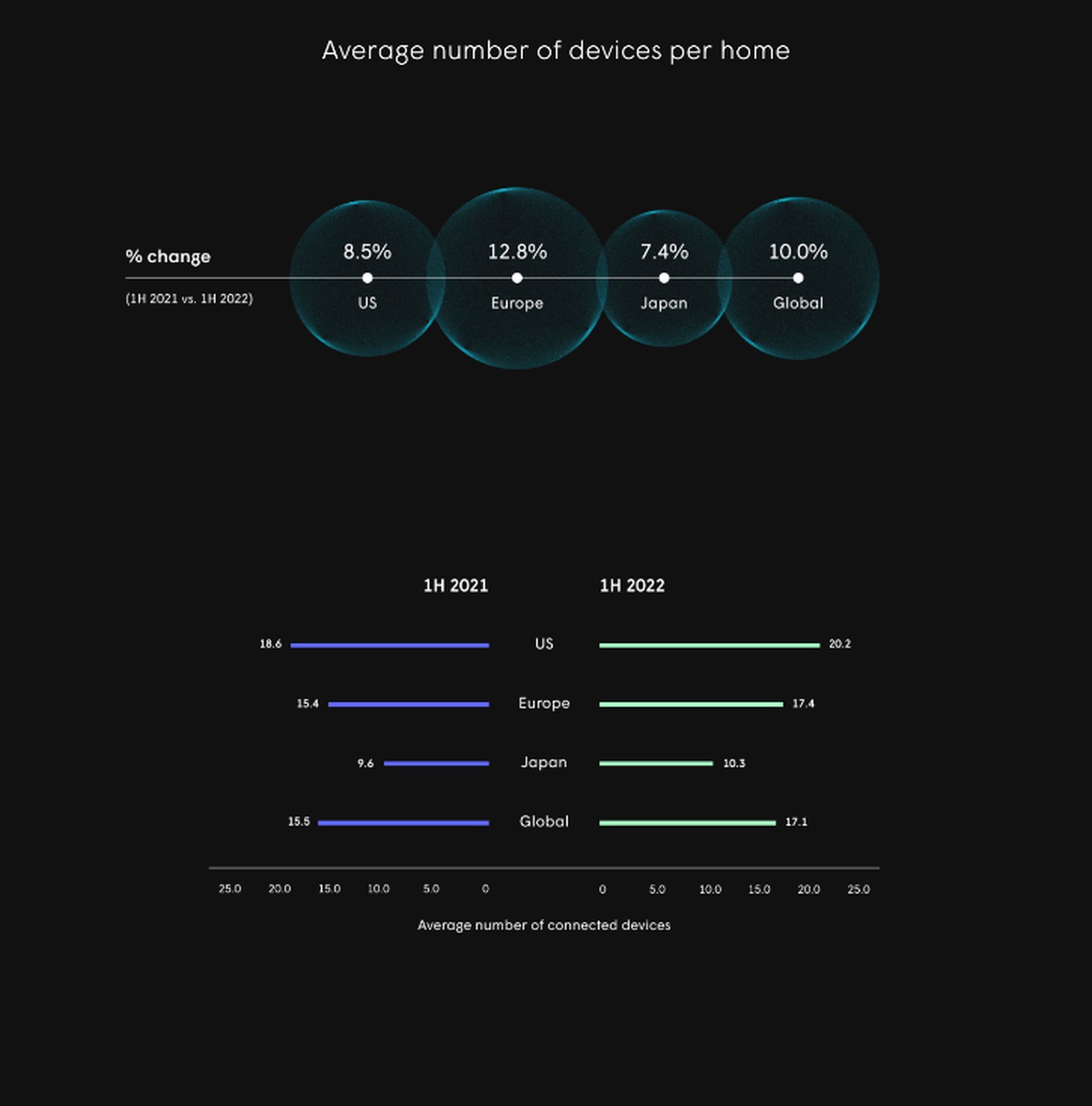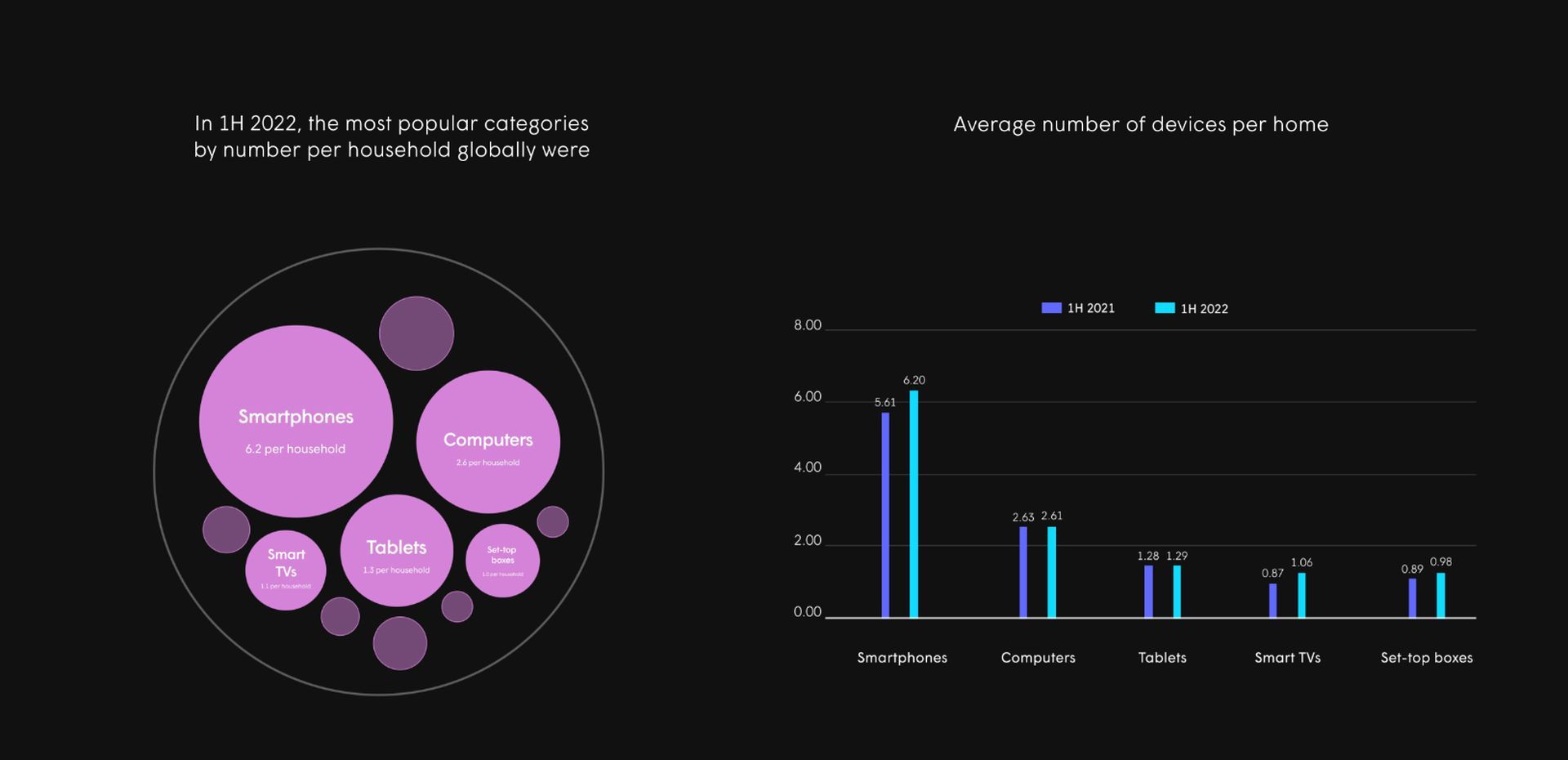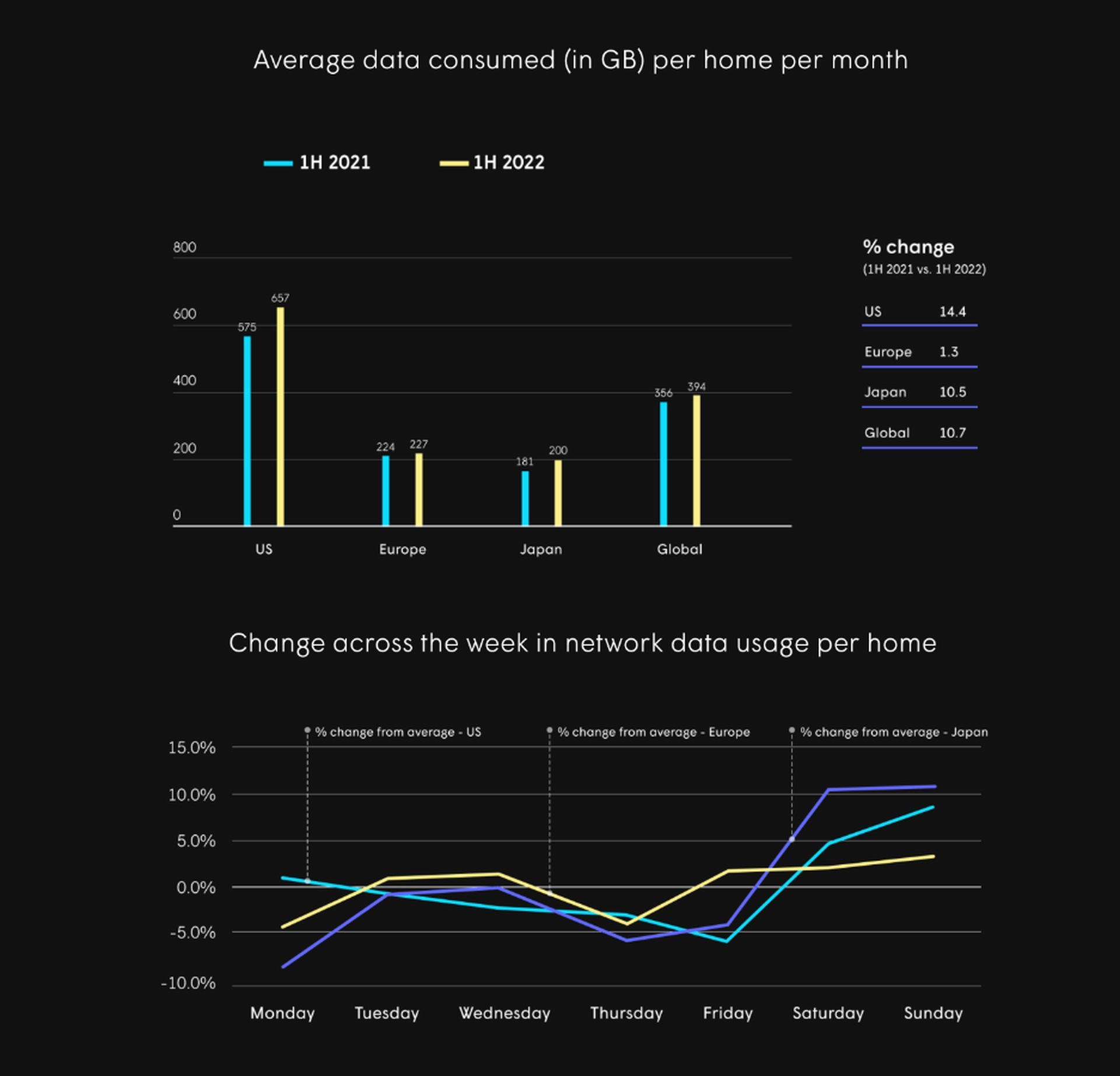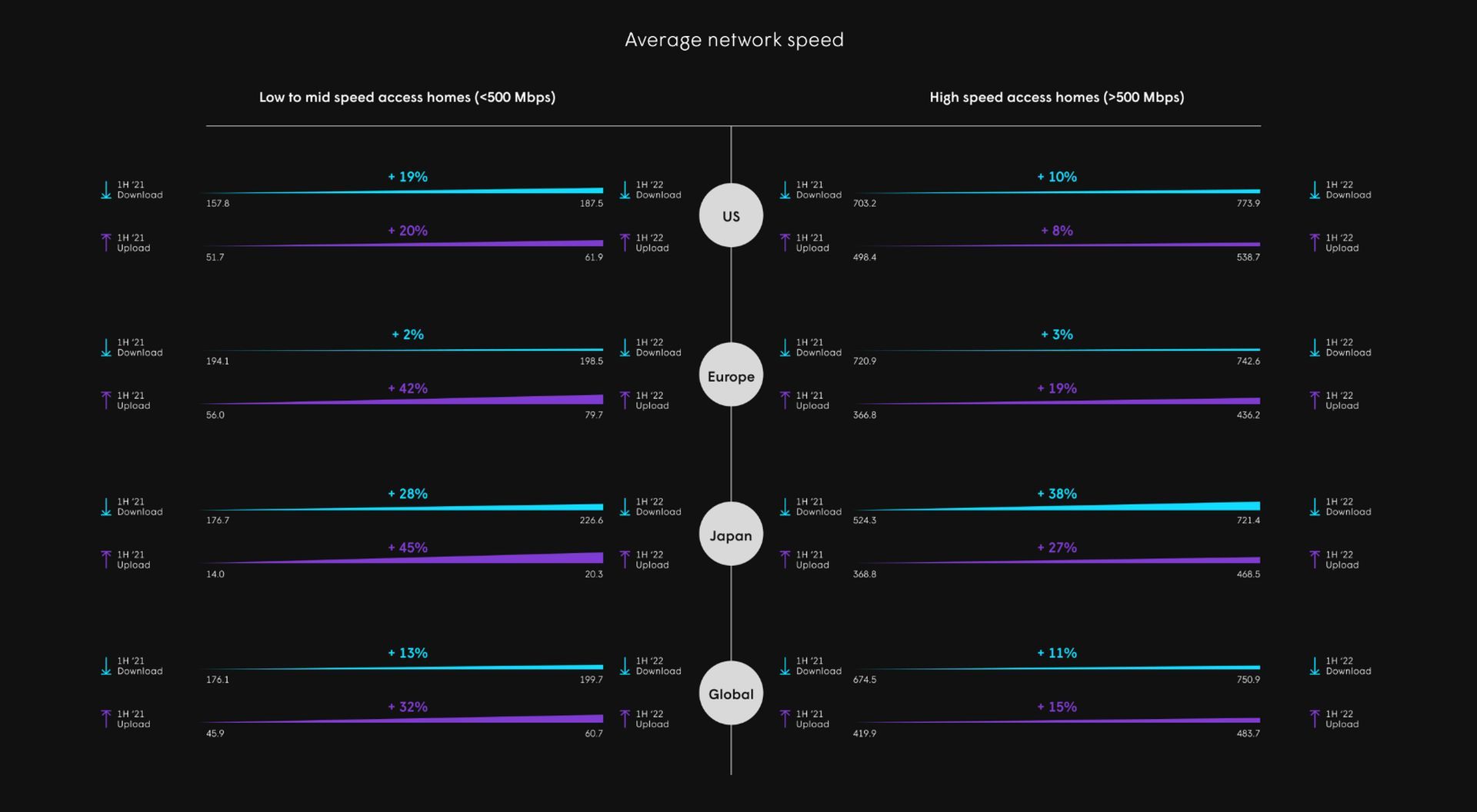- As of the end of June 2022, there were 17.1 connected devices and smart home appliances on average per home worldwide, up 10% over the previous year in the same period.
- The highest penetration of connected devices to date was discovered in US homes powered by Plume, with an average of 20.2 connected devices per home.
- A significant increase trend in the typical number of cyber threats that were successfully stopped was also reported by Plume.
There is increasing demand for smart home products. Businesses have been adjusting to post-pandemic hybrid working over the past year or so, with knowledge workers gradually returning to the office after working almost exclusively from home for many months. During that time, they were crucial in boosting sales of smart home devices, according to a study.
There is great interest in smart home appliances in Europe
The personalized communications services provider, which recently inked agreements with top service providers like Virgin Media, analyzed anonymized and aggregated data from a cross-section of the 41 million homes across the US, Europe, and Japan that is managed by the Plume Cloud, comparing the periods from January to June 2021 with that of January to June 2022.

The growing demand for the internet of things (IoT) and smart home technologies among consumers of home technology was one of the significant trends that emerged. According to the report, there were 17.1 connected devices on average per home worldwide as of June 2022, an increase of 10% over the same time last year.
Europe saw the most significant change with a 13% increase to 17.4 connected devices on average per Plume home. With an average of 20.2 connected devices per home, US homes powered by Plume have the highest penetration of connected devices to date.

There was an increase (11%) in data usage across the Plume Cloud, with up to 10% more devices in households using Plume. However, fitness bikes saw the highest drop in data use, down 23%, which likely indicates a shift in consumer behavior when individuals start working again and exercising outside or in the gym as they get used to the post-pandemic world of hybrid working.
“Plume’s data reflects two interesting periods – the first half of 2021, when consumers were gradually emerging from the pandemic restrictions that had kept them homebound, and the first half of 2022, when people started going back into the world. Despite the radically different circumstances, it’s evident that smart homes and IoT devices remain very much key to our connected lifestyles,” explained the CMO at Plume, Todd Grantham.

The study discovered a rise in device types and a significant growth in device volumes. With an average of more than six smartphones per household across all locations, including “guest” devices permitted to access the network, smartphones continue to be the most common device in Plume-powered homes.
AIoT: The much-needed convergence of AI and IoT
Apple goods dominated device brand loyalty, with a “presence” (defined as one or more same brand devices) in more homes and in houses that Plume believes to be “brand-devoted” (that is, have five or more same brand devices) or “brand-obsessed” (defined as having at least five same brand devices) (with 10 or more same brand devices).

Plume pointed out that the “devotion” and “obsession” categories had seen greater advances in the percentage shift between the two time periods. According to Plume, this shows the relative power of the iOS device ecosystem. Apple acquired 24% more homes with 10 or more devices, and Samsung and Amazon followed suit with 17% and 18%, respectively.
Secure by Design: Keeping IoT security in mind all down the line
Plume also noted an important upward trend in the average number of cyber threats successfully prevented. According to the report, over the first half of the year, the average number of cyber threats Plume has successfully prevented increased dramatically (by 51%) internationally. Threats against botnets were found to have increased by 84%, with malware threats increasing by 58% and spyware and adware threats increasing by 40%. Plume hypothesized that the Russo-Ukrainian War might be to blame for these tendencies.





